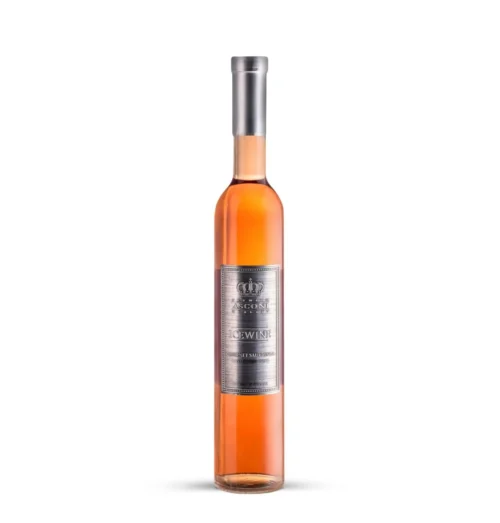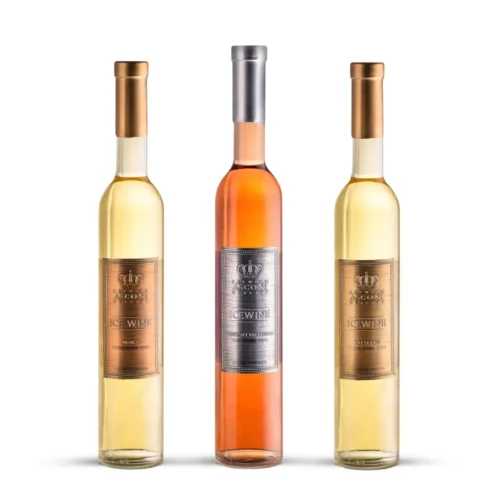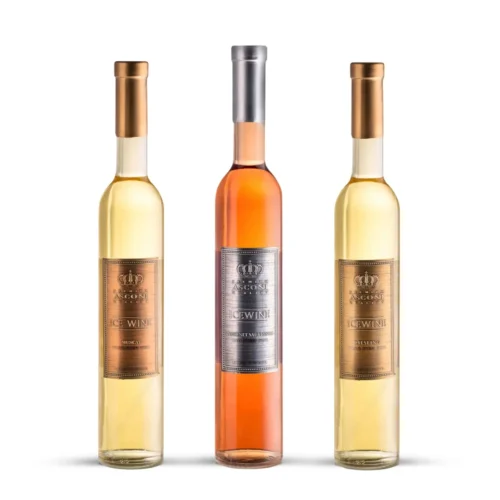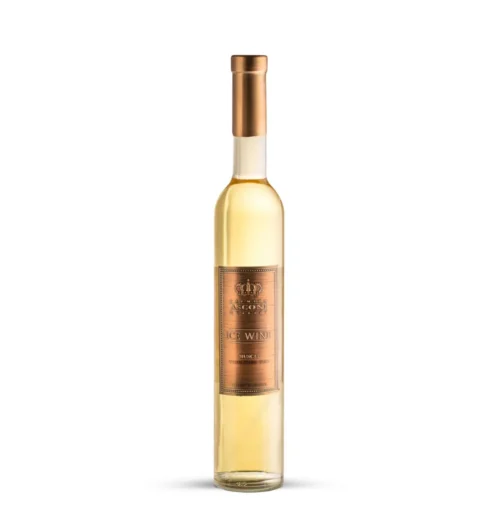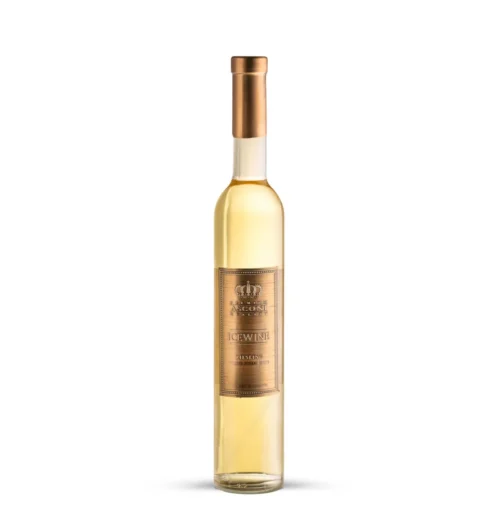Dessert Wine Tasting
Sweetness Levels and Balance
When tasting dessert wines, it's important to notice the balance between sweetness and acidity. Wines with high sugar levels can be too sweet if there isn't enough acidity to balance them. Checking this balance will help you judge the quality of a dessert wine. Dessert wines range from sweet to extremely sweet, and each type may have varying levels of acidity.
Aromas and Flavours
Dessert wines have rich and complex aromas and flavours. Start by smelling the wine to detect fruity, floral, herbal and earthy notes. As you taste, you may notice flavours such as stewed fruit, honey, spices, nuts, or savoury elements. Learning to identify these layers will make tasting more enjoyable.
Texture and Mouthfeel
The texture and mouthfeel of a dessert wine can enhance your enjoyment. Wines can be light, rich or syrupy, depending on their sugar content and how they're made. A good dessert wine has a pleasant feel that matches its taste and smell and leaves a lasting impression. Tasters should notice how the wine feels in the mouth, noting any changes in texture and the balance between sweetness and acidity.
Dessert Wine Types
Late Harvest Wines
Late harvest wines are made from grapes that are left on the vine longer than usual, allowing them to over-ripen and accumulate higher sugar levels. This extended ripening period concentrates the natural sugars and flavours in the grapes, resulting in a rich and sweet wine. Popular late-harvest wines include Sauternes from France and Trockenbeerenauslese from Germany.
Ice Wine
Ice wine is made from grapes that have frozen on the vine. These frozen grapes are harvested and pressed while still frozen, producing a small amount of highly concentrated, sweet juice. Ice Wines are known for their intense sweetness and vibrant acidity. Notable examples come from Canada, Germany, and Moldova.
Fortified Wines
Fortified wines are made by adding a distilled spirit, usually brandy, to the wine during fermentation. This process increases the alcohol content and stops fermentation, leaving residual sugar in the wine. Popular fortified dessert wines include Port from Portugal, Sherry from Spain, and Madeira from the Madeira Islands.
Botrytized Wines
Botrytized wines are made from grapes affected by Botrytis cinerea, also known as noble rot. This fungus dehydrates the grapes, concentrating their sugars and flavours. The result is a lusciously sweet wine with complex aromas and flavours. Tokaji from Hungary and Sauternes from France are prime examples of botrytized wines.
Dessert Wine Pairing
Chocolate Desserts
Rich, dark chocolate desserts pair well with sweet wines such as Port. The sweetness of the wine balances the bitterness of the chocolate. For milk chocolate desserts, try a sweet wine such as a late-harvest wine or Sauternes.
Fruit-Based Desserts
Fruit tarts, pies, and cobblers are best served with a light, fruity wine such as a late-harvest Riesling or ice wine. The wine's acidity and sweetness enhance the fruit's natural flavours without being overpowering.
Creamy Desserts
Creamy desserts such as cheesecake, panna cotta, and crème brûlée pair well with rich and sweet dessert wines. A Tokaji or late harvest Chenin Blanc will perfectly balance the sweetness and creaminess.
Nutty Desserts
Nut-based desserts like pecan pie or almond biscotti pair well with the nutty and caramel flavours of Madeira or sweet Sherry. These wines enhance the richness of the nuts and make for a delightful pairing.
Dessert Wine: Methods of Production
Natural Sweetness in Dessert Wines
Natural sweetness in dessert wines is achieved by allowing the grapes to ripen fully on the vine. Prolonged exposure to sunlight increases the concentration of sugars in the grapes. This results in a sweeter wine without the need for additional processes.
Chaptalisation: Enhancing Sugar Content
Chaptalisation is the process of adding sugar to grape must (unfermented grape juice) before or during fermentation. This process increases the alcohol content without overly sweetening the wine. It allows winemakers to produce dessert wines even in regions where grapes do not naturally reach high sugar levels.
Süssreserve: The Sweetening Technique
Süssreserve is a German technique of reserving unfermented grape juice and adding it to the wine after fermentation. This adds natural grape sugars back into the wine, increasing its sweetness. It maintains the original flavor profile of the grape.
Fortification: Strengthening Dessert Wines
Fortification involves adding a distilled spirit, typically brandy, to the wine. This not only increases the alcohol content but also stops fermentation early, leaving residual sugar in the wine. Fortified wines such as Port and Sherry are prime examples of this technique.
Raisin Wine: Utilising Sun-Dried Grapes
Raisin wines are made by drying grapes in the sun or shade to concentrate their sugars before fermentation. This process intensifies the sweetness and flavour, resulting in a rich, sweet wine. Examples include Italian Vin Santo and Greek Vinsanto.
Ice Wine: Harvesting Frozen Grapes
Ice wine is made from grapes that have naturally frozen on the vine. The frozen grapes are pressed, extracting a highly concentrated juice rich in sugar, acid and flavour. This method produces exceptionally sweet wines with vibrant acidity.
Noble Rot Wine: The Botrytis Cinerea Effect
Noble rot wine is made from grapes infected with Botrytis cinerea, a fungus. This fungus dehydrates the grapes while increasing their sweetness and complexity. The result is uniquely flavorful and highly sought-after dessert wines, such as French Sauternes and Hungarian Tokaji.
Dessert Wine: Buying & Storing
When choosing a dessert wine, consider the following factors:
- Sweetness Level: Dessert wines range from lightly sweet to intensely sweet. Select a wine that matches your taste preferences and the type of dessert you'll be pairing it with.
- Region and Producer: Research the reputation of the wine region and producer. Reputable producers are more likely to produce high-quality dessert wines.
- Vintage: The vintage year can impact the flavour and quality of dessert wines. Some vintages are better than others due to varying weather conditions.
Proper storage is vital to preserving the flavour and quality of dessert wines:
- Temperature: Store dessert wines at a consistent temperature, ideally between 50-60°F (10-15°C). Avoid temperature fluctuations, which can negatively affect the wine.
- Humidity: Maintain a humidity level of around 70% to prevent the cork from drying out and allowing air to enter the bottle.
- Light: Keep dessert wines away from direct sunlight and artificial light, as exposure can cause the wine to spoil.
- Position: Store bottles on their side to keep the cork moist and prevent it from shrinking.
Dessert Wine FAQ
What is considered a dessert wine?
A dessert wine is typically a sweet wine served with dessert. There are many types, including fortified wines like Port and Sherry, late harvest wines, and ice wines. Others are made with grapes that are allowed to ripen longer on the vine or subjected to special conditions like noble rot or drying.
What wine is good for dessert?
The best wine for dessert depends on the dessert's flavour profile. Chocolate desserts pair well with rich, full-bodied wines like Port or Banyuls. A sweet Riesling or Moscato can enhance fruity desserts. Cheese-based desserts go well with sweet and creamy wines like Sauternes or a late-harvest Viognier.
What are the rules for dessert wine?
When pairing dessert wines, a general rule is that the wine should be as sweet as or sweeter than the dessert it accompanies. Additionally, consider the flavours in the dessert and try to match them with notes similar to those in the wine. Serving temperature is also essential; most dessert wines are best enjoyed well-chilled.
Is Moscato a dessert wine?
Moscato can be considered a dessert wine, especially when it's on the sweeter side. It's a light, slightly effervescent wine known for its sweet peach and orange blossom flavors. This makes it a perfect match for fruit-based and light desserts. However, dryer versions of Moscato can also be enjoyed as an aperitif.

